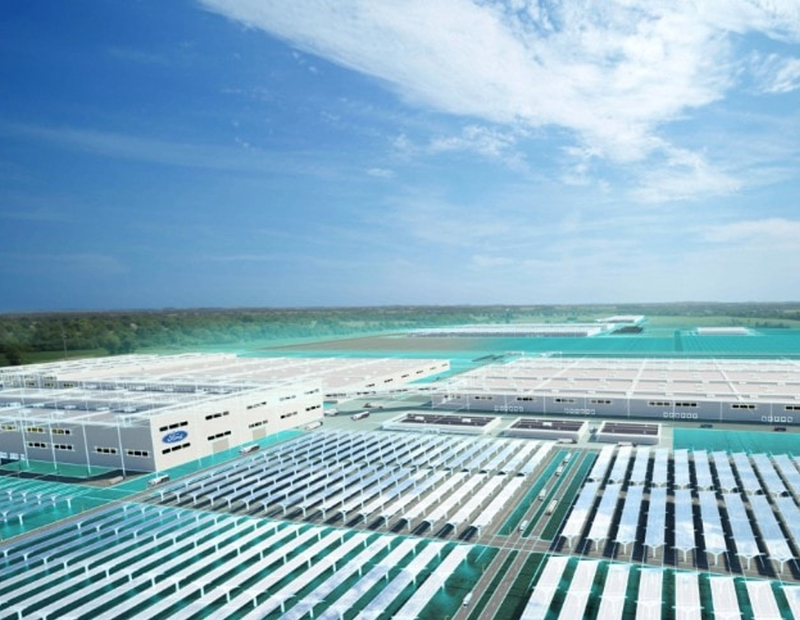Investors Ride the Wave of a Cyclical CRE Market
Despite a few economic disruptions, capital is sticking with commercial real estate, according to Jonathan Hipp of Avison Young.

There is a noticeable change in the outlook for capital markets as we pivot to 2022. We at Avison Young are certainly hearing the change in sentiment on the streets, but it is also being captured in the plethora of reports currently hitting the market.
As this year’s edition of Emerging Trends in Real Estate, states: “(B)oth domestic and offshore investors remain exceptionally interested in U.S. property markets.”
Lending institutions are funding the party while showing remarkable restraint in their underwriting. Loan activity continues to grow while delinquencies shrink.
All good news to be sure, but good news with a couple of major asterisks.
This comes first in the gathering clouds of inflation. Current sources place the annual U.S. inflation rate at 6.2 percent as of October, noting that it was “the highest since November of 1990 and above forecasts of 5.8 percent.” And it threatens to keep building.
Severe, across the board labor shortages are also putting downward pressure on economic optimism and fueling the fire of inflationary worries. Turning once more to Emerging Trends, the annual report calls labor a major contributor to “the most serious inflation in a generation—a key economic risk.”
We are also looking at a market that has been bifurcated by the pandemic. The recovery to date has not lifted all boats equally, and while industrial and medical office actually gained ground thanks to COVID-19, the office sector, for instance, still lags, with national occupancy rates not yet passing the 40 percent threshold.
(We should note here that the industrial market can almost be labeled a victim of its own success. So hot is the sector that developable land is impossibly expensive and class A leasing choices are few—a true landlord’s market. Then there’s the Gordian knot of the supply chain, which would warrant a column of its own.)
The retail sector, much like office, was arguably the hardest hit during the forced quarantines that marked the past 18-plus months. But it has made a remarkable recovery to date. Real Capital Analytics reports that property values have jumped 2.3 percent over the past 12-month period and cap rates, currently at 6.7 percent, have remained constant, rising a mere 0.3 percent.
Supply Side In Check
A lack of new development over the past year has positioned the sector well as new brands step in to replace those that were shuttered, and restaurants capitalize on the increased interest in takeout by providing more curbside and drive-through service. As we have stated before in this space, the retail sector is nothing if not adaptable.
Public REITs best display the increasingly positive fortunes of the retail sector. NAREIT puts year-to-date returns at above 30 percent, outpacing other food groups, most notably industrial, multifamily and healthcare–the investment darlings of the past year and half.
Of course, driving the sector’s future fortunes will be the one uncontrollable factor—inflation, at least uncontrollable by the commercial real estate community. And as the consumer dollar gets squeezed increasingly tighter, those returns might begin to waver.
We need to raise one possible counter trend that could render inflation less of a threat. As we turn the page to 2022, the promise of more office occupancy might provide a tailwind for both that sector and retail. If the predictions hold true, and major corporations that have been holding off on calling their employees back do indeed pull that trigger, our city centers will once again bustle, and the restaurants and other retail services that support that potentially massive population will find value in their own re-opening.
There’s much speculation about next year. COVID is not yet fully in our rearview mirror. And the recovery that we saw begin to take shape in 2021 has new challenges to conquer.
We put our faith in the investment community—awash in capital waiting to be placed—especially when it’s placed with a long-term view. Opportunities come and go, but the cyclicality of commercial real estate is a constant we can bank on. Literally.







You must be logged in to post a comment.